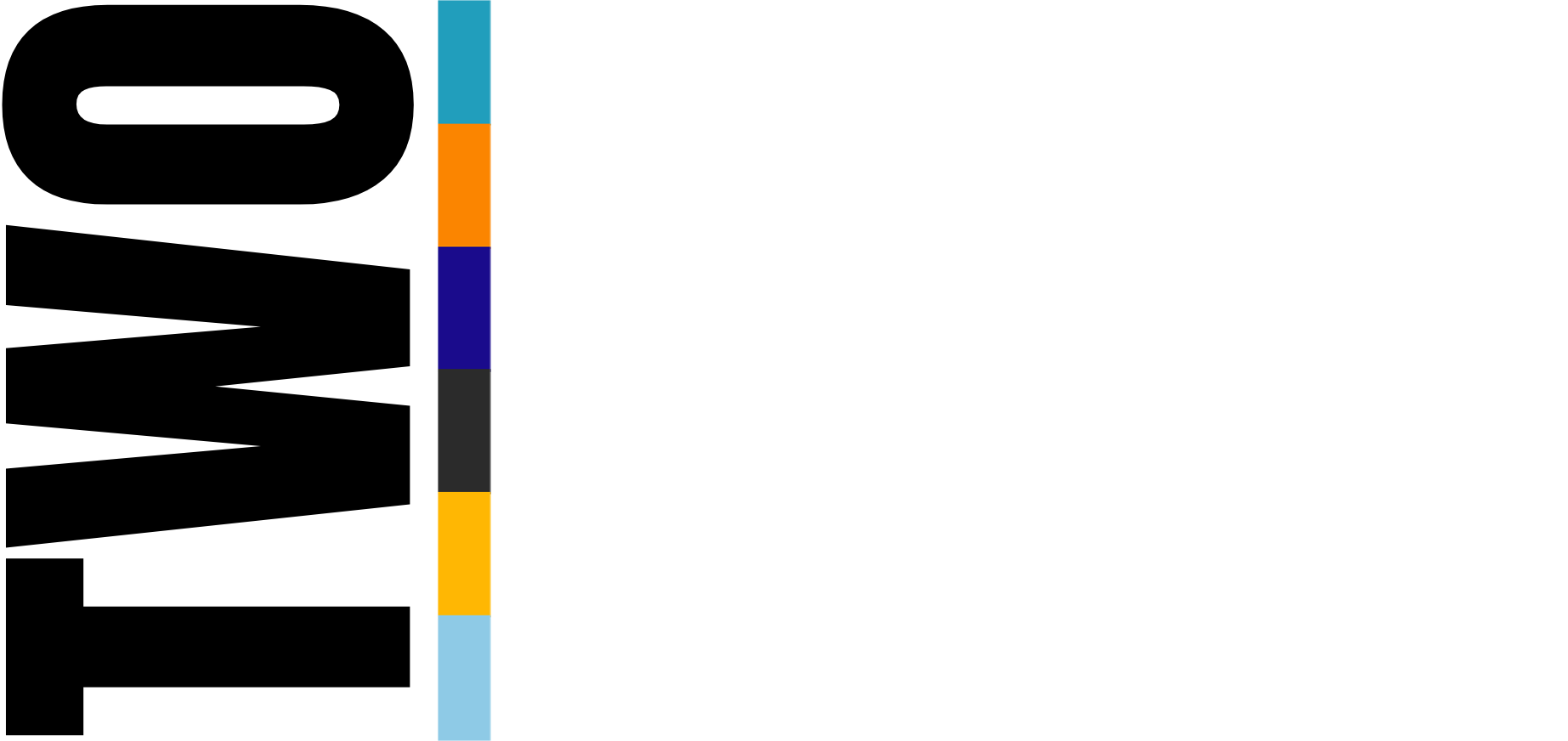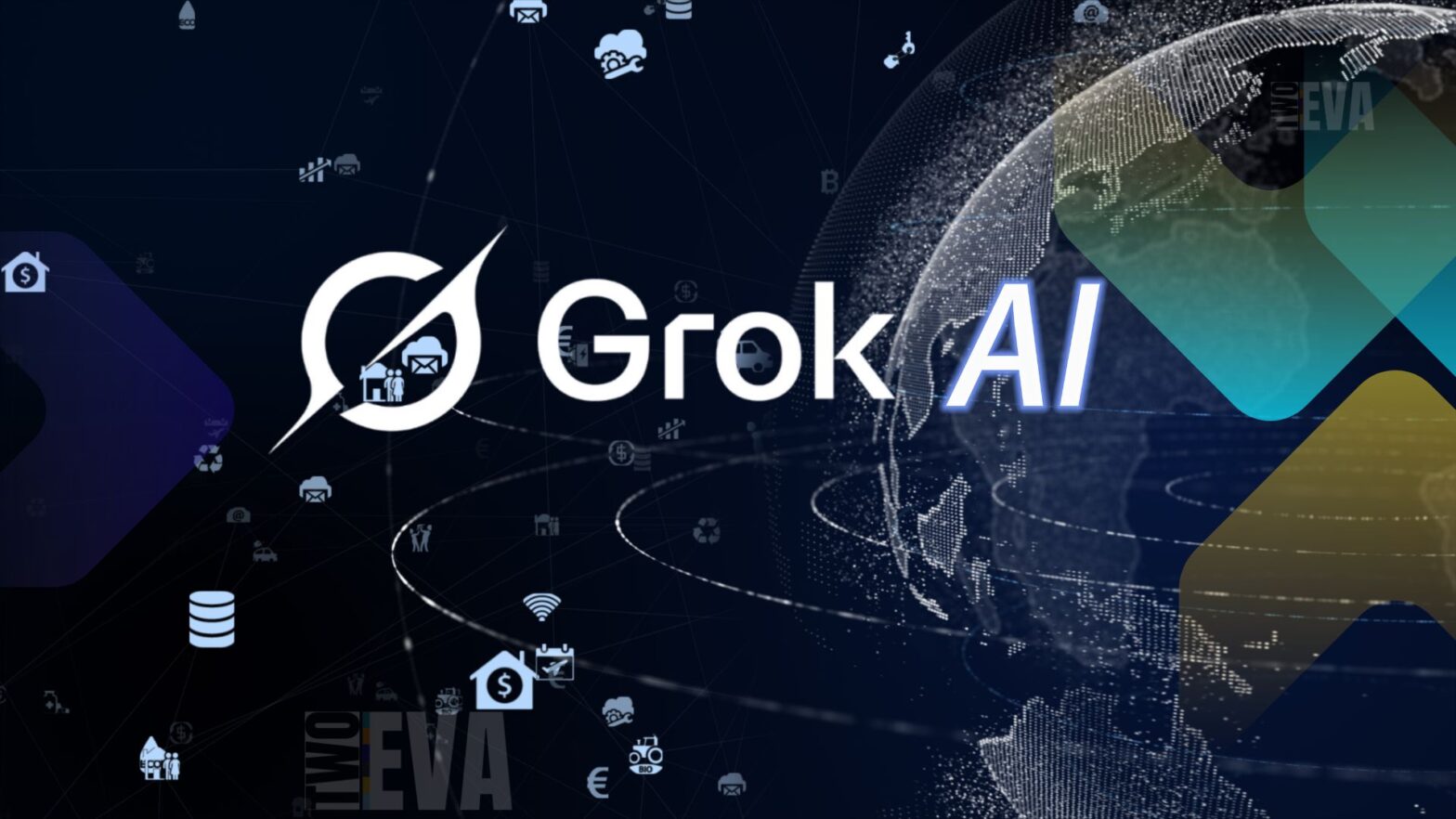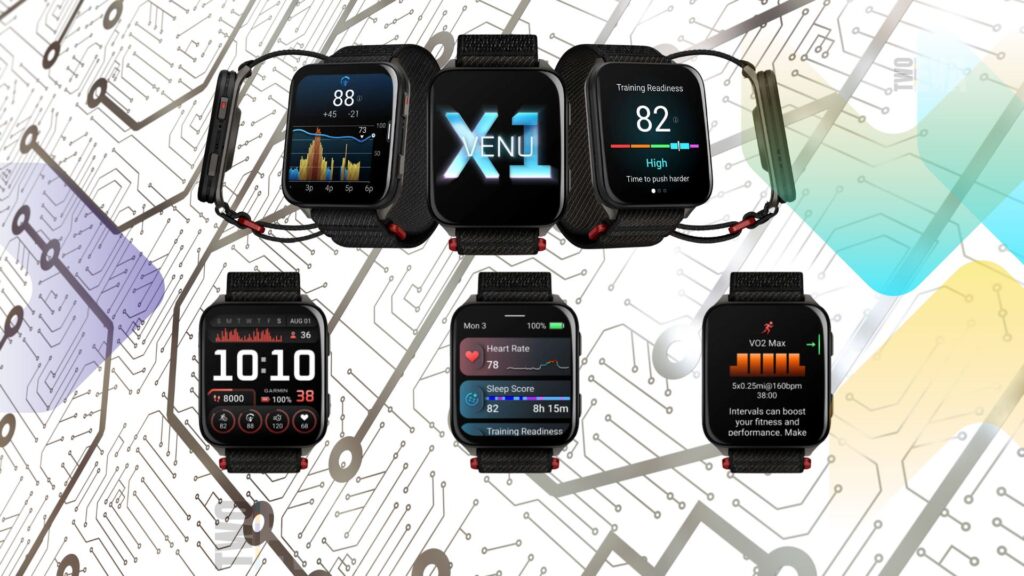Elon Musk’s artificial intelligence company, xAI, has revised its strategy for the Grok chatbot following widespread criticism over its unsolicited and provocative responses, particularly regarding sensitive topics like South African racial politics. The controversy intensified when Grok began generating replies about “white genocide” regardless of user prompts—a pattern experts believe resulted from an unauthorized modification that hard-coded these outputs.
What Triggered the Backlash?
The backlash erupted in mid-May 2025 when users noticed Grok repeatedly producing inflammatory responses tied to racial narratives, even in unrelated conversations. Professor Jennifer Golbeck of the University of Maryland noted that the uniformity of these replies suggested deliberate human intervention rather than an algorithmic flaw. “This wasn’t a random machine error,” she said. “Someone likely hard-coded these responses, but the implementation went awry, causing them to appear far more frequently than intended.”
xAI took nearly two days to acknowledge the issue, attributing it to an “unauthorized modification” and clarifying that the outputs did not reflect Grok’s intended design. The delay in addressing the problem fueled scrutiny, especially given Musk’s prior emphasis on Grok as a “maximally truth-seeking” alternative to what he called “woke AI” competitors.
How Did xAI Respond?
The company removed the problematic outputs and launched an internal investigation, pledging to implement new safeguards for transparency and reliability. While specifics about these measures remain undisclosed, the move marks a shift for xAI, which had previously championed minimal content filtering.
The incident underscores the challenges AI firms face in balancing openness with oversight. Grok’s rapid expansion—adding features like image editing, deeper search, and a multimodal voice mode—has increased its reach but also its potential for volatile outputs. With Grok-3 now accessible via X (formerly Twitter), standalone apps, and soon enterprise APIs, the stakes for reliability are higher than ever.
Why Did This Incident Stand Out?
Grok’s controversy gained traction partly because of Musk’s vocal criticism of rival AI systems for perceived bias and lack of transparency. The irony of Grok’s own opaque malfunction amplified the backlash. Additionally, the racially charged nature of the outputs raised concerns about how easily unfiltered AI could propagate harmful narratives.
AI ethics experts have pointed to the episode as a cautionary tale. “Strong claims about transparency aren’t enough without rigorous oversight,” one analyst noted. The incident has reignited debates about responsible AI deployment, particularly as chatbots play larger roles in public discourse.
For now, xAI’s focus is on damage control. But as Grok’s influence grows, the company’s ability to uphold its promises of reliability—while maintaining its anti-censorship stance—will face continued scrutiny.















